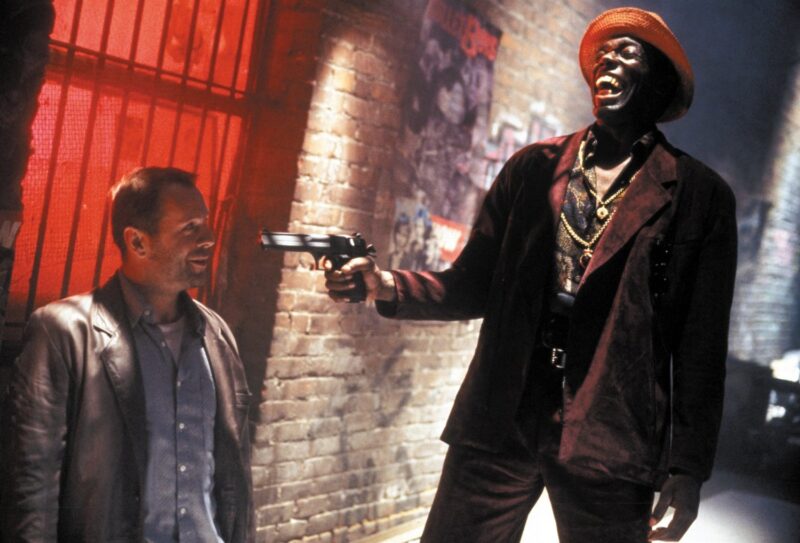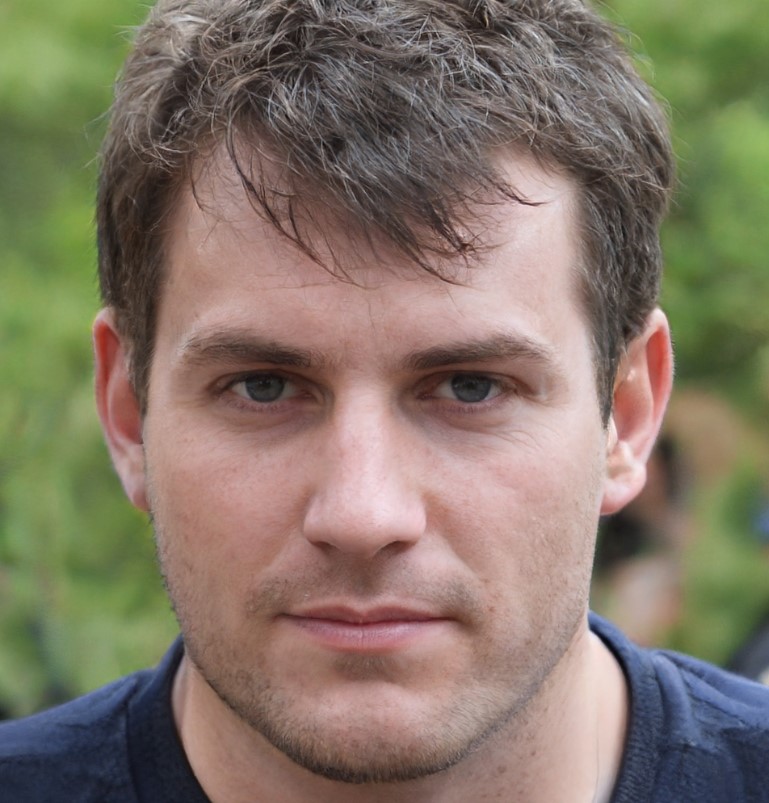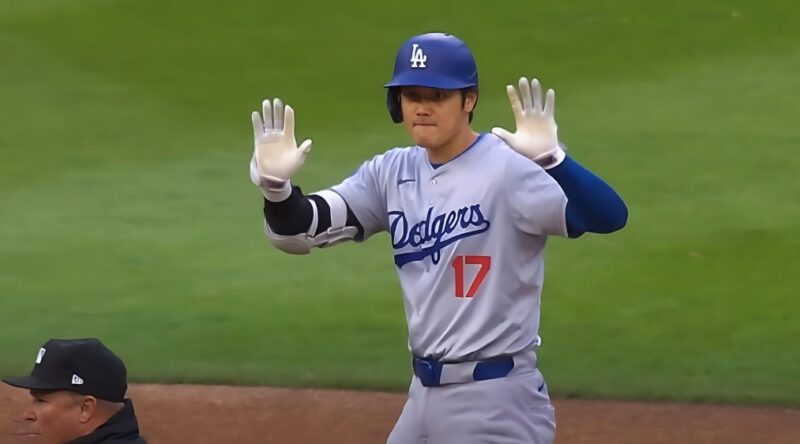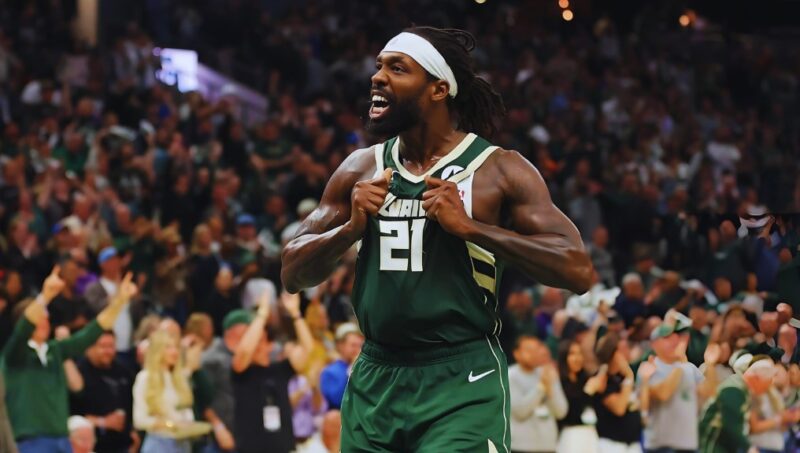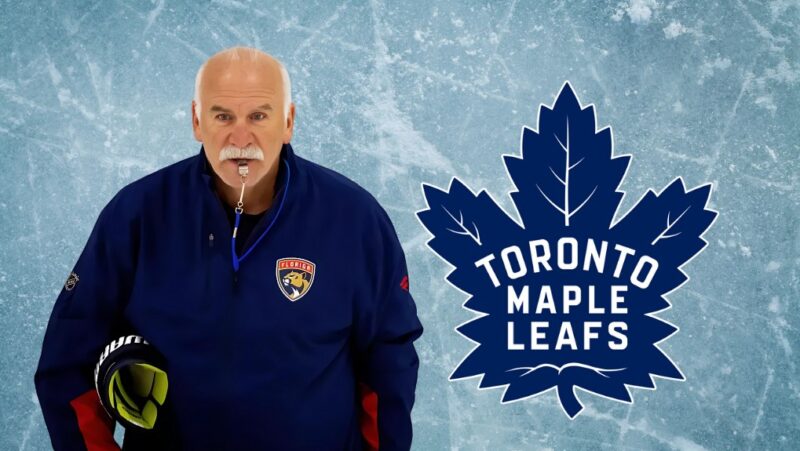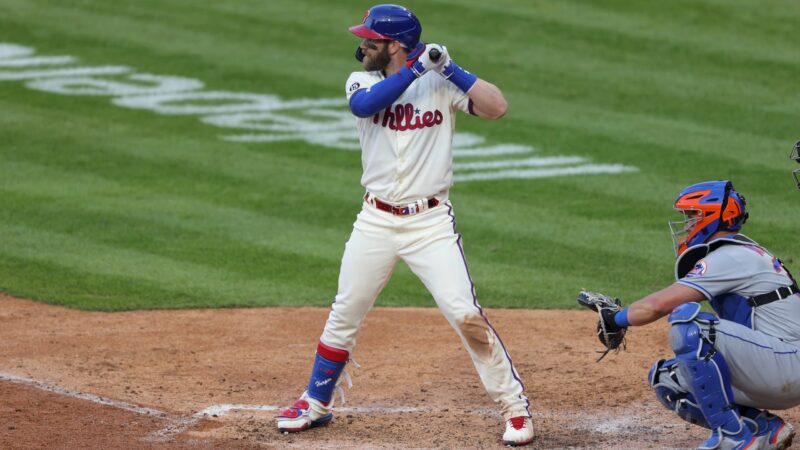
Never has there been a football movie crazier or more determinedly over the top than “The Last Boy Scout.” It was probably not supposed to seem prescient.
We are nearing the end of pro football’s Septimana horribilis. It has not been much fun for anyone that enjoys pro football, watching its many dysfunctions surface at the same time amid a response that quickly devolved into a state of chaos that highlighted the NFL’s habitual and wanton abuse of both power and human lives. Luckily for us all, a primer for this assortment of feelings arrived over twenty years ago, in the form of a movie that’s both as truly awful and as stubbornly lovable as the NFL itself. Also Damon Wayans is in it.
The Last Boy Scout is one of the craziest movies about pro football ever made. It reeks of early 1990’s Hollywood excess, and of early 1990’s NFL mediocrity, neither of which are really worth revisiting, and is exactly as crazy and possibly even crazier than you remember it being, provided you’re one of the (many) Americans that saw it during its semi-successful, semi-disappointing theatrical run.
The year was 1991, and America was in the grips of Mark Rypien Fever. Wayne Fontes, who would later play Salvatore “Big Pussy” Bonpensiero on HBO’s “The Sopranos,” was the NFL’s Coach Of The Year, beating out such luminaries as Rich Kotite and Jerry Glanville. The Packers’ director of football operations was named “Braatz”. Paul Tagliabue was at the beginning of his long and comparatively uncontroversial reign as commissioner; recreational and performance-enhancing drugs were perceived as the major health concerns for NFL players. The Last Boy Scout had to rise above the zeitgeist to make pro football palatable to the half of America who rooted for AFC teams. This would not be an easy task, and it was one The Last Boy Scout took on by embracing every possible ridiculous excess. It worked better than it probably should have.
***
Far and away, the best part of The Last Boy Scout is the beginning. We get a kickass pseudo-”Are You Ready For Some Football” song from Bill Medley, which is all about how awesome it is to play pro football on a Friday night. Canadians can tell you that is an absolute lie, but in America the Sports Broadcasting Act of 1961 virtually bars NFL games on Fridays and Saturdays during high school football season. Fans of off-league pro football stock footage will be disappointed, but the 1990 SeaWorld Holiday Bowl — featuring both a peak-period Ty Detmer and Texas A&M’s obliteration of BYU — is featured prominently in the handful of football B-roll shot for the movie.
The Los Angeles Stallions are the premiere team of whatever iteration of pro football The Last Boy Scout purports to be. There are some hints that they are in the NFL, including a brief shot of a PRO SET football card, although then again that could mean that they are in the World League of American Football, and Damon Wayans taking snaps from future Buffalo Bills head coach Doug Marrone would’ve been hilarious. The Stallions’ helmets vaguely suggest the USFL’s Jacksonville Bulls in how the horizontal stripes come together in the back, which will surely be of interest to non-obsessive fans of non-NFL football. Little of it matters, though, because the Stallions and the Cleveland Cats (and, implicitly, Texas A&M and BYU) are the only teams mentioned in the film.
That Billy Blanks is known for TAE*BO, and not for his role as Billy Cole in The Last Boy Scout is a minor miracle and significant injustice. On a rainy Friday night in Cleveland, Cole is told by menacing baddie Taylor Negron to win at all costs. Billy Cole does things the right way, by getting high on something like PCP and putting the “shoot” back into the run and shoot by actually bringing a handgun with him onto the field and using it as a sort of NRA-endorsed alternative to a stiff-arm.
When I first watched this scene, I was both legitimately shocked while thoroughly laughing my ass off. Upon rewatching it the shock has died off, but it’s still one of the most hilariously jarring things I have ever seen in a sports movie. How a nationally televised murder/suicide is not the only thing anyone is talking about in the world of The Last Boy Scout is either bad storytelling or evidence of how unpopular the sport had become at that point. You’d think a slotback hopped up on that Ashy Larry shooting at a team’s secondary would at least warrant a Sports Illustrated cover mock-up. We should all be grateful, obviously, that this film does not take place in a universe afflicted with “First Take”, where Skip Bayless wonders if PCP isn’t abused by pro footballers enough.
***
Shane Black earned a then-record $1.75 million for this script, and it shows. The plot, the characters, and just about everything else about The Last Boy Scout seems calculated to be the football equivalent of Black’s blockbuster Lethal Weapon franchise and then some, with redemption angles, magic-hour lighting, a lot of overstated rainfall during underlit exterior shots, and precocious profanity bandied about all over the place. Everything Is Related To Everything Else, which is both as masturbatory and incestuous as it sounds. There was a good deal of conflict between Scott and his producer and non-Wayans star, but there is no sense in trying to figure out which party is to blame for which ridiculousness, here. The movie is very dumb. It’s just extremely dumb.
And yet that opening scene is a siren song, beckoning fans of two-star George H. W. Bush-era action films to put off watching Passenger 57 and spend some time with a film that stars Halle Berry and Bruce Willis that isn’t Perfect Stranger.
Bruce Willis is Joe Hallenbeck, the eighth-greatest private eye in the greater Los Angeles area, and formerly the fourth-best Secret Service agent, a title he vacated after beating up a U.S. Senator for acting like an NFL running back. His daughter is a handful, drawing a photo of Satan Claus [sic] and otherwise acting like your normal tween. His wife is cheating on him with Bruce McGill, which is, as wonderful an actor as Mr. McGill is, about as low a low as I’d wish on any of my enemies.
Sadly for McGill fans, the other man gets essploded after assigning Hallenbeck a skip trace job, which invariably (?) leads him to Halle Berry. This being 1991, however, she is almost immediately killed so Willis can have a buddy jaunt with who was then the hottest actor around, TV’s Homie The Clown.
Damon Wayans, Sr. (who I’m calling “senior” just to piss you off) is James Alexander Dix, who in Bart Giamatti’s NFL, commits the mortal sin of betting on games or point shaving or something. He still crashes the team party, if only to tell former teammate Tony Longo that waterboarding women for jacuzzi-related fellatio is probably not a good idea. Jimmy Dix, disgraced and unpleasant though he is, still manages to have ca. 1991 Halle Freaking Berry as his girlfriend.
By the end of the movie Dix and Hallenbeck navigate through a meticulous plot involving sports gambling, bombs, guns, money, and other things which sound cool in theory but are made rote through the characteristically over-the-top direction of the late Tony Scott, who was not nearly at his sports-movie best. There are also blatant ripoffs of/homages to Two-Minute Warning and the end of Horse Feathers, during which a horse runs amok on the field during the big game. Sadly, neither Harpo, Chico nor Zeppo Wayans appear in The Last Boy Scout.
The cast is a glorious mish-mash of great stars and interesting character actors, the vast majority of which are spectacularly miscast. Noble Willingham — whom you no doubt know as the bartender from “Walker, Texas Ranger” — plays the owner of the L.A. Stallions and is the main villain, while the fey-ish comedian and stage actor Taylor Negron delivers vicious ass-whoopings just as he delivered pizzas in Fast Times At Ridgemont High. James Gandolfini has an uncredited role as a henchman, while Rick Ducommun, made legendary by his association with The Burbs, has a few lines before being shot in the head by Negron. Morris Chestnut and Eddie Griffin have small roles, with Chestnut’s amounting to telling Billy Cole he has a phone call; Griffin, in this film and possibly right now as you read this, is a DJ in a strip club. Chelcie Ross, who has told everyone from Norman Dale to Daniel Ruettiger to Pedro Cerrano that they would never make it, plays the corrupt Senator who knocked Bruce Willis down, although he (spoiler) later proves to be his salvation. Chelsea Field, a former Solid Gold Dancer, plays Willis’ wife, and as such mostly functions as someone for Willis to lose and regain, much like their capricious daughter, played by Danielle Harris.
There is a lot of accidental truth to The Last Boy Scout regarding today’s NFL. The actual NFL might be doing infinitely better than its early 1990’s action film analogue in terms of finances and popularity, but some serious and vexing existential questions remain. This was not a film made with anything like realism in mind — to reiterate, Billy Blanks murders at least one safety and one linebacker during a live football play — but the NFL is both entirely unreal and entirely too-real at the moment.
In both this film and today’s NFL, the ostensible heroes have become the bad guys, and the people in charge of regulating them have become even worse. Pro football is killing people, not with guns but perhaps just as decisively through the effects of repetitive head trauma and under cover of the legalistic apathy from the sport’s highest officials.
There might be a time sooner than later when the National Football League and The Last Boy Scout will seem like one and the same — a handful of spectacular moments in something that is otherwise truly unwatchable and intermittently unforgivable. It’s a complicated and true thing that, in both cases, it makes for a pretty good show.

